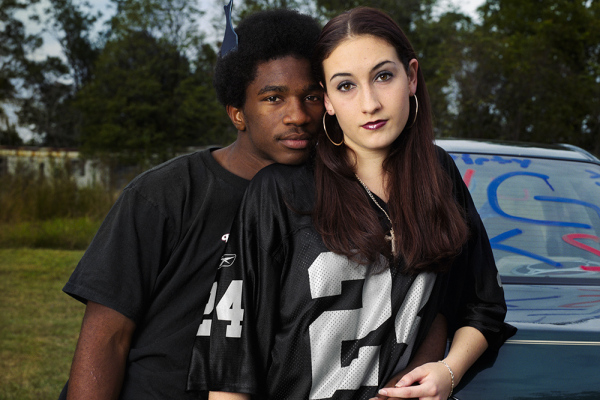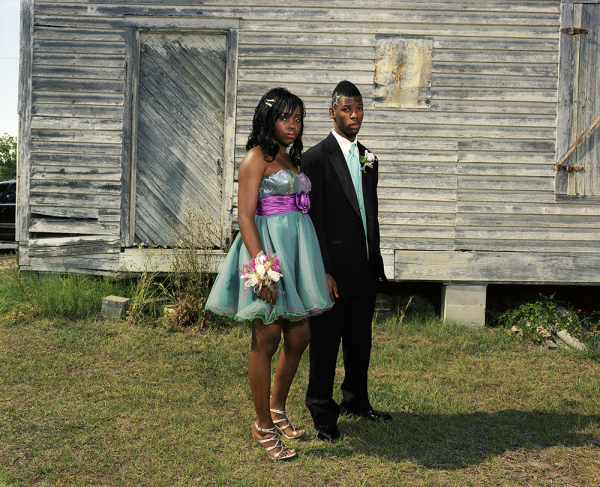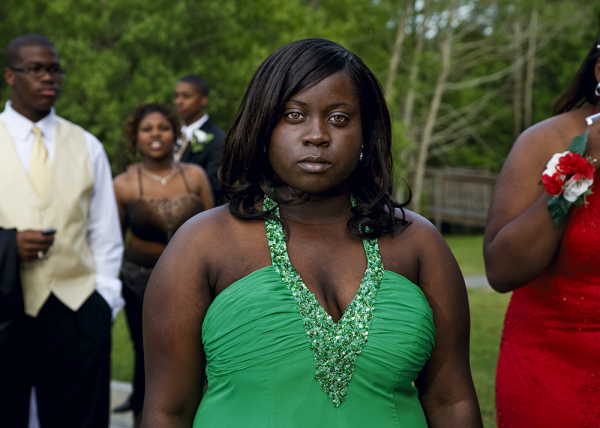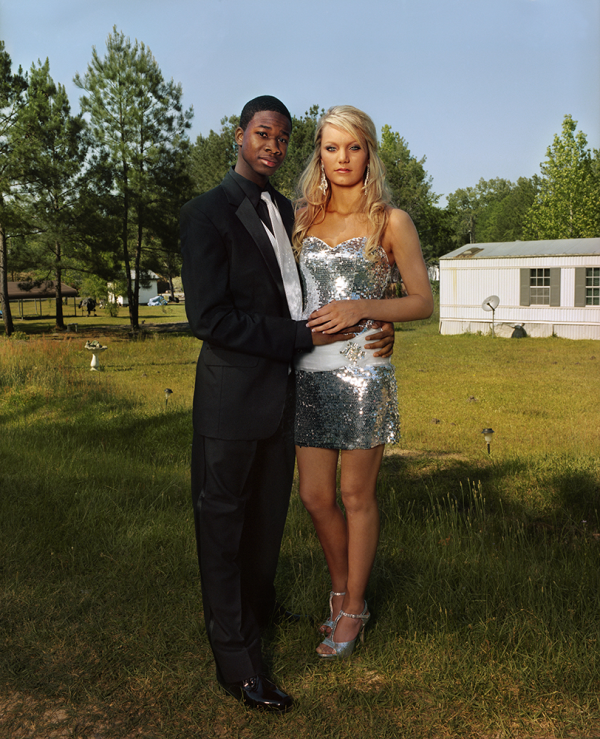Genevieve Allison on Gillian Laub at Benrubi Gallery
This article originally appeared in Issue 11 of the Aperture Photography App.

Julie and Bubba, 2002. All photographs Courtesy Gillian Laub/Courtesy Benrubi Gallery, NYC
The American South has been a fertile subject for photographers throughout the history of the medium. From the Depression-era urtext of FSA documentary photographers like Walker Evans to Eggleston’s in-color mapping of the suburban South’s desuetude-picturesque, as well as Martin Parr’s outsider representation of its contemporary character, our collective imagination is built around representations of a historical charm—and its difficult legacy. One finds a distinctly Southern vernacular in the horizontal milieu of backyards, languid architecture, and low, vacant landscapes. But most of all, photographers and documentarians have gravitated toward an expression of Southern culture through the human face, often with an emphasis on the familial and an eye toward the impecunious and the disenfranchised.

The Prom Prince and Princess dancing at the integrated prom, 2011
Mount Vernon, a small town in rural Georgia just inland from the coastal plains, is by most measures unremarkable save for one extraordinary anachronism that has persisted there well into the twenty-first century. Although Montgomery County High School was integrated in the early 1970s, for the last four decades it has held racially segregated proms, throwing two separate proms on separate nights and crowning two sets of prom kings and queens: one white, one black. Gillian Laub, perhaps better known for her work on the Middle East, began photographing the community in 2001 and, compelled by the complicated cultural landscape she encountered, kept returning for more than a decade to document the annual event and its matriculating teenagers. Her twelve-year visual study offers striking portraits of the student-subjects and glimpses of a society deeply inflected by religion and tradition. It serves as document of the prevailing issues of race and inequality still affecting the social and material conditions of education in the United States sixty-one years after Brown v. Board of Education.

Amber and Reggie, 2011
The selection in this exhibition mainly looked at the years that directly precede and follow 2010, the year the first integrated prom was held (a change that was finally effected after the national outcry following the New York Times Magazine’s publication of Laub’s work and the production of an HBO documentary). Following a “prom photo” convention of sorts, the images capture a prescriptive sequence of events: the congregation beforehand on back lawns, porches, and driveways; the slow dance; the seat in an empty hall at the end of a long night. The pictorial language is straightforward documentary portraiture. The accompanying wall texts, which offer quotes and context, lend the presentation a sense of journalistic intent. Individually and collectively, these accounts provide an unmediated entrée into the personal circumstances informing each experience. By virtue of this device, each photograph operates in specific and concrete reference to the underlying social context and unequivocally underlines the moral and political purpose of the work.

Angel outside the black prom, 2009
Collectively, the images are a facet of a greater narrative: of young, formative identities brushing up against cultural and ideological obstacles. A mixed-race couple (Qu’an and Brooke) poses together outdoors in the late sunlight in a stiff but intimate clasp; two years back, Qu’an points out, he and Brooke would never have been able to go to the prom together. Included in the archival material and documentary ephemera also presented with the work is a handwritten letter from a student to a teacher. It was submitted in lieu of an assignment and plaintively addresses the iniquity of segregation at the school prom: it received a grade of 76 percent.

Qu’an and Brooke, 2012
Southern Rites was on view at Benrubi Gallery from May 14 to July 2.


























